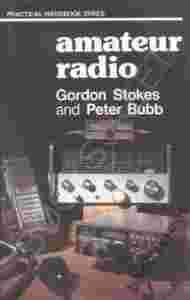|
As the authors of this book say, amateur radio is
considered by those who practise it to be the most
rewarding of all hobbies. Nowadays, amateur radio knows
practically no frontiers. Providing conditions permit,
it is now possible to 'broadcast' almost anywhere in the
world. Use of artificial satellites designated for
amateur use and the great diversity of modern equipment
make exchanges over vast distances speedy and reliable.
Foreign language problems can be eliminated through the
use of Morse (CW) transmissions. Alternatively,
communication can take place orally, or with fellow
enthusiasts as close as the next village, street or
town. Comprehensively illustrated with line drawings and
photographs, this book aims to provide all the relevant
background information to students for the Radio
Amateur's Examination, leading to the Amateur Radio
Licence issued by the Home Office. It describes in
detail what a radio is and how it works, including
essential elementary mathematical formulae to explain
first principles. All the basic aspects of transistors,
modulation, receivers, transmitters, antennas,
transmission lines and HF and VHF signals are dealt with
in turn. The important subject of measurement, both to
ensure that operation is within the power limitations
set by the Home Office and that transmission is within
the permitted amateur bands, is fully covered. Portable
stations operating at less than 5 watts and video
transmissions for amateurs are also described.
|
|

